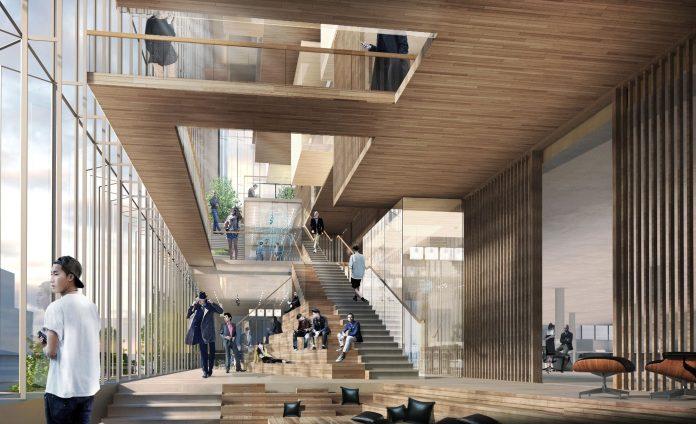Dallas is a mecca for business, technology, and culture in the heart of Texas. However, one often overlooked asset in this sprawling metropolis is its focus on aesthetically pleasing spaces, from city parks to commercial and hospitality venues. These visual delights don’t occur by happenstance; they are the meticulous work of professional landscape architects. But the impact of this profession goes beyond just beautifying the city. It plays a pivotal part in driving the tourism sector, contributing to the economic vitality of Dallas. This article examines six ways in which a professional dallas landscape architect is shaping the tourism landscape of this bustling city.
Table of Contents
1. Creating Iconic Destinations
Landscape architects in Dallas are experts in designing spaces that become landmarks in their own right. Think of Klyde Warren Park, an urban park built over a recessed freeway. Such destinations draw tourists and contribute to the city’s overall appeal, significantly boosting its tourism sector. Moreover, these carefully crafted spaces often serve as venues for public events, ranging from concerts to yoga classes, thus diversifying the city’s tourism offerings. They also serve as hubs for community engagement, where locals and tourists can mingle, fostering a vibrant social atmosphere that enhances the city’s reputation as a destination.
2. Enhancing Public Spaces
The quality of public spaces often becomes a defining factor for a tourist destination. Landscape architects contribute to this by designing welcoming urban squares, walkways, and even street furniture. A pleasant public environment encourages tourists to explore the city on foot, thereby interacting more closely with local businesses and attractions.
3. Collaborating with Cultural Sites
Dallas has various cultural institutions, from art museums to historical landmarks. Landscape architects work closely with these establishments to create outdoor spaces that complement the indoor exhibits. The synergy between the indoor and outdoor elements enhances the visitor experience and encourages longer stays, increasing revenue.
4. Eco-Tourism Initiatives
With sustainability becoming a buzzword, landscape architects focus on eco-friendly designs that attract tourists. Features like rain gardens, native plant landscapes, and sustainable water features reduce environmental impact and serve as educational points for visitors interested in eco-tourism.
5. Amplifying Event Spaces
Dallas frequently hosts various events, from music festivals to food markets. Landscape architects are crucial in designing these temporary or permanent event spaces. A well-designed outdoor venue can considerably enhance the event experience, attracting more visitors and increasing ticket sales, which in turn boosts the local tourism sector.
6. Improving Hospitality Experiences
Hotels and resorts are significant contributors to Dallas’s tourism industry. Landscape architects work with these properties to design compelling outdoor spaces such as pools, spas, and lounges. These features provide guests with additional amenities and serve as unique selling points that help the properties stand out in a crowded marketplace. Furthermore, these outdoor spaces often incorporate local flora and artistic elements, offering guests a taste of Dallas’s cultural and natural heritage. By doing so, landscape architects add a dimension of authenticity to the guest experience, which can be an impactful factor in customer satisfaction and, ultimately, repeat visits.
Conclusion
In the rapidly growing city of Dallas, a skilled dallas landscape architect is not merely a decorator but a key player in enhancing the urban experience. Through their creative designs, they contribute to the city’s attractiveness, turning it into a place people want to visit and explore in depth. From public spaces to private hotels, landscape architects provide an added layer of allure that has a measurable impact on the tourism industry. Their role in creating attractive, functional, and sustainable environments is integral to Dallas’s status as a must-visit destination. The aesthetics do more than please the eye; they stimulate economic activity, validating the view that good design is not just art—it’s business.








